Server-Side solution
If you'd like to prompt the user to log out, you can simply send an HTTP header with a 401 status code. Here's how you can do it:
WWW-Authenticate: Basic realm="401"
Optionally, you can include a meta-refresh in the HTTP response body to redirect users back to the main page after logging out:
Authentication required!<meta http-equiv="refresh" content="5; url=/">
(where / is your main page and 5 is 5 seconds delay)
Client-Side solution
To clear the saved Basic Auth credentials, you can send a new AJAX request to the server with the following steps:
- Set up an HTTP header for Basic Auth, like so:
xmlHttpRequest.setRequestHeader("Authorization","Basic LTop")
Here, "LTop" is a Base64-encoded string that may contain invalid authentication data.
2. Prepare the URL: take your complete URL, including the protocol, domain, and path, and insert a new authentication part between the protocol and domain. For instance, if your domain is https://yourdomain.com, the prepared URL would be https://-:)@yourdomain.com.
After sending this request, the browser should forget the old credentials, allowing you to refresh the page.
Alternate Solution #1
An alternative approach is to close all of your browser tabs and windows, then reopen the browser. This should trigger the authentication prompt again.
Alternate solution #2
Another option is to use an incognito window. However, this won't work if you've already logged in via an existing incognito window. In that case, close all incognito windows and then open a new one.





